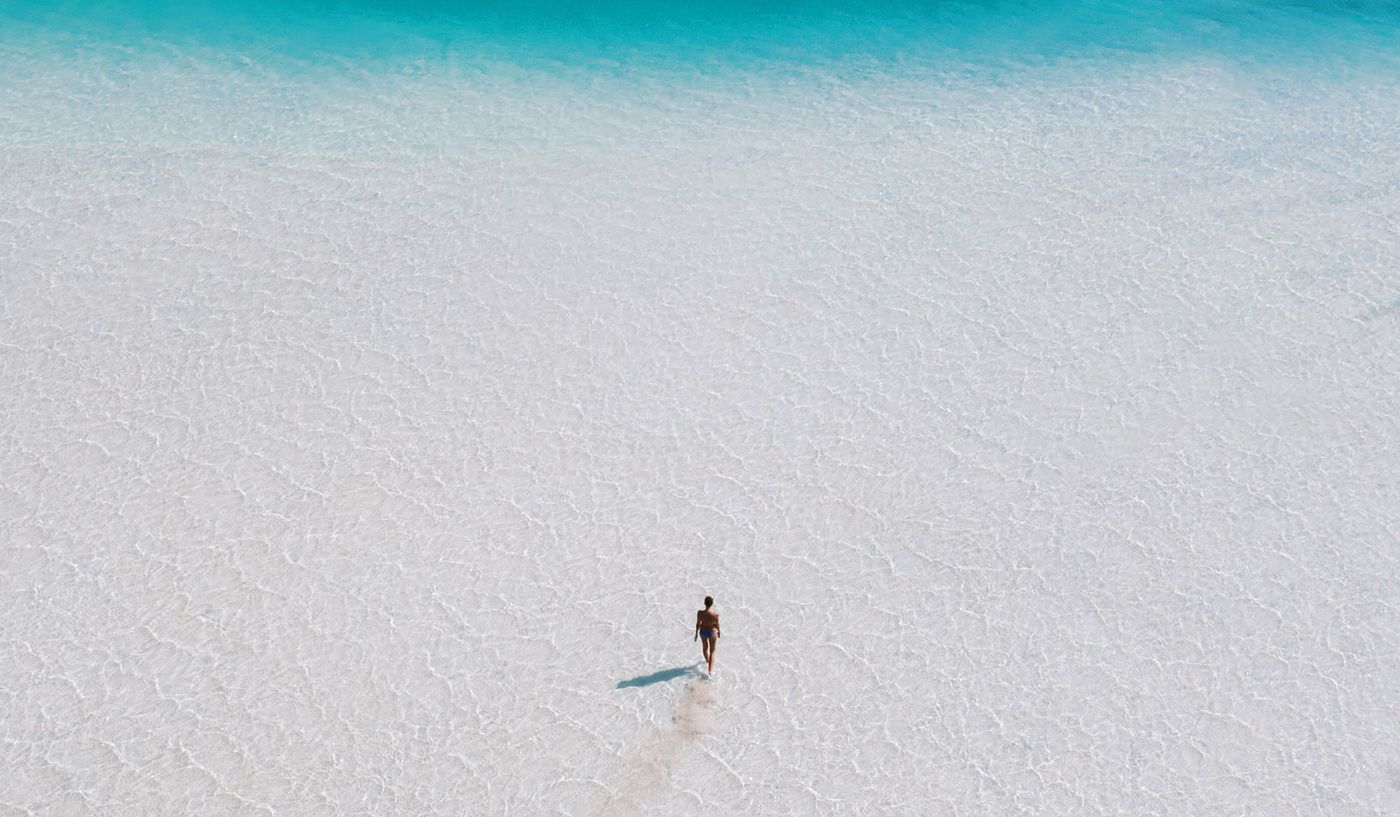
The Visionary Allure of YOLO Journal: An Interview with Yolanda Edwards
Words by Eric David
Location
The Visionary Allure of YOLO Journal: An Interview with Yolanda Edwards
Words by Eric David
Yolanda Edwards, founder and editor of luxury travel magazine YOLO Journal, is if anything else an ardent traveller. In a way, she’s still motivated by the transcendental excitement she felt on her first trip abroad when she was 16. Some three decades later, after an illustrious career in magazine publishing in New York culminating with her tenure as creative director of Condé Nast Traveler, she launched her very own personal dream project: a meticulously curated quarterly travel magazine bursting with gorgeous photography, insightful storytelling and personal travel tips. An acronym for “You Only Live Once”, as well as a riff on her first name, YOLO is all about sharing experiences and inspirations, as well as discovering new places, with the latest issue exploring Greece's off the beaten path destinations.
A professed “lover of the printed page”, Yolanda is nevertheless quite adept at toggling between analogue and digital, being in daily contact with her followers on social media, answering their questions and connecting with photographers and content creators. Now more than ever, when the pandemic has all but halted travelling, a visionary travel magazine like YOLO is exactly what we need to keep dreaming. Yatzer recently caught up with Yolanda to chat about her project, her enduring wanderlust as well as her quarantine experience.
(Answers have been condensed and edited for clarity.)
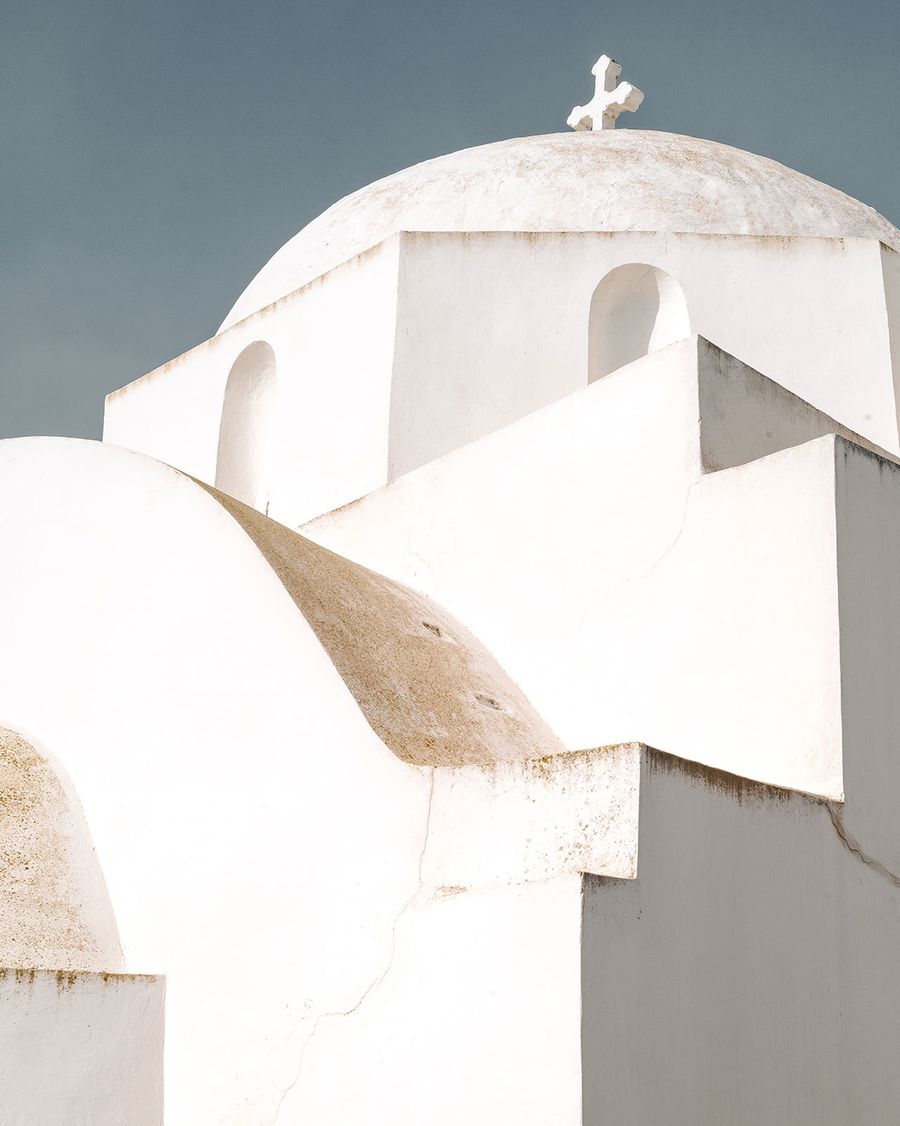
Folegandros by Lucy Laucht. © YOLO Journal No4. Summer 2020.
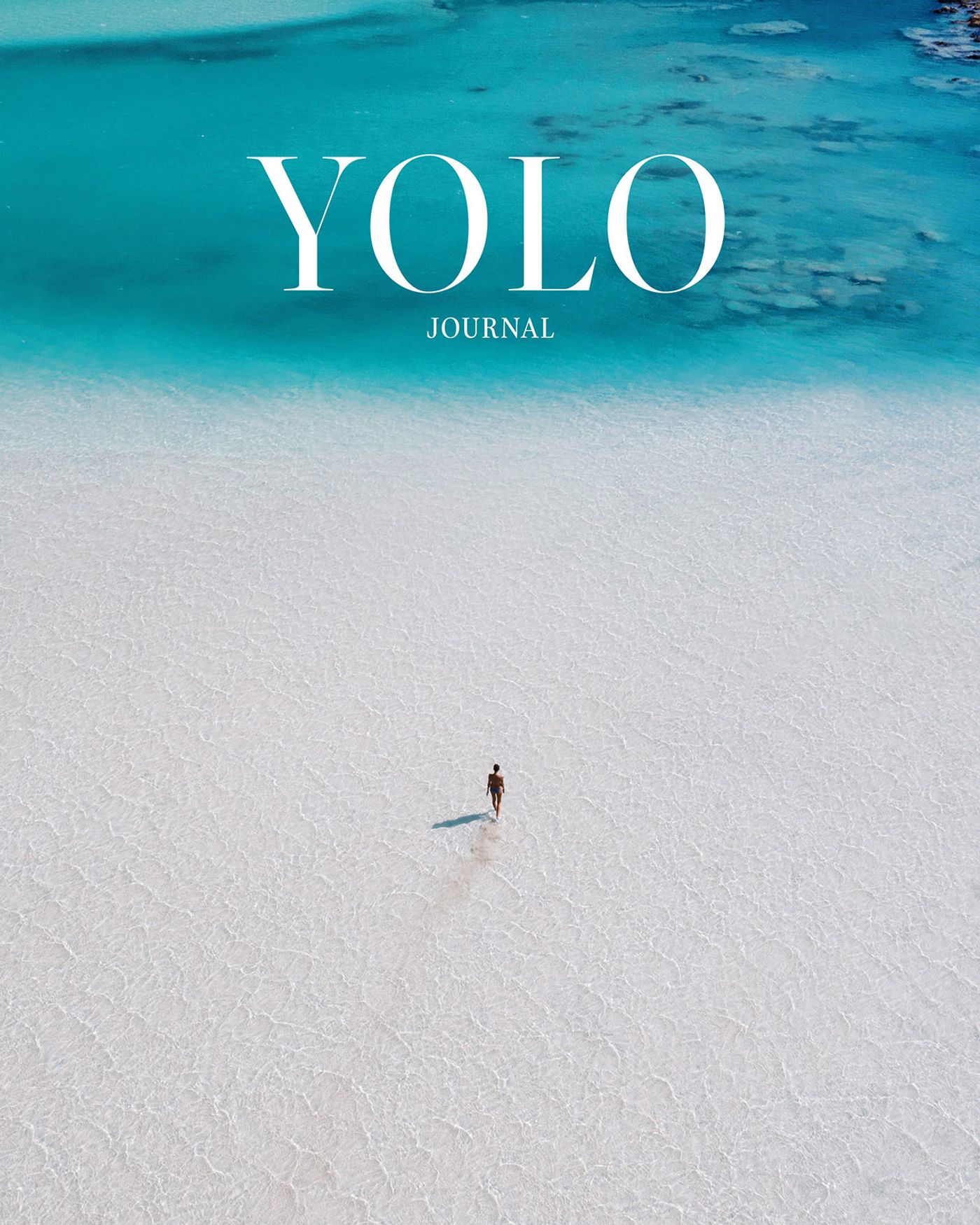
Balos Beach, Crete by Costas Spathis.
© YOLO Journal No4. Summer 2020.
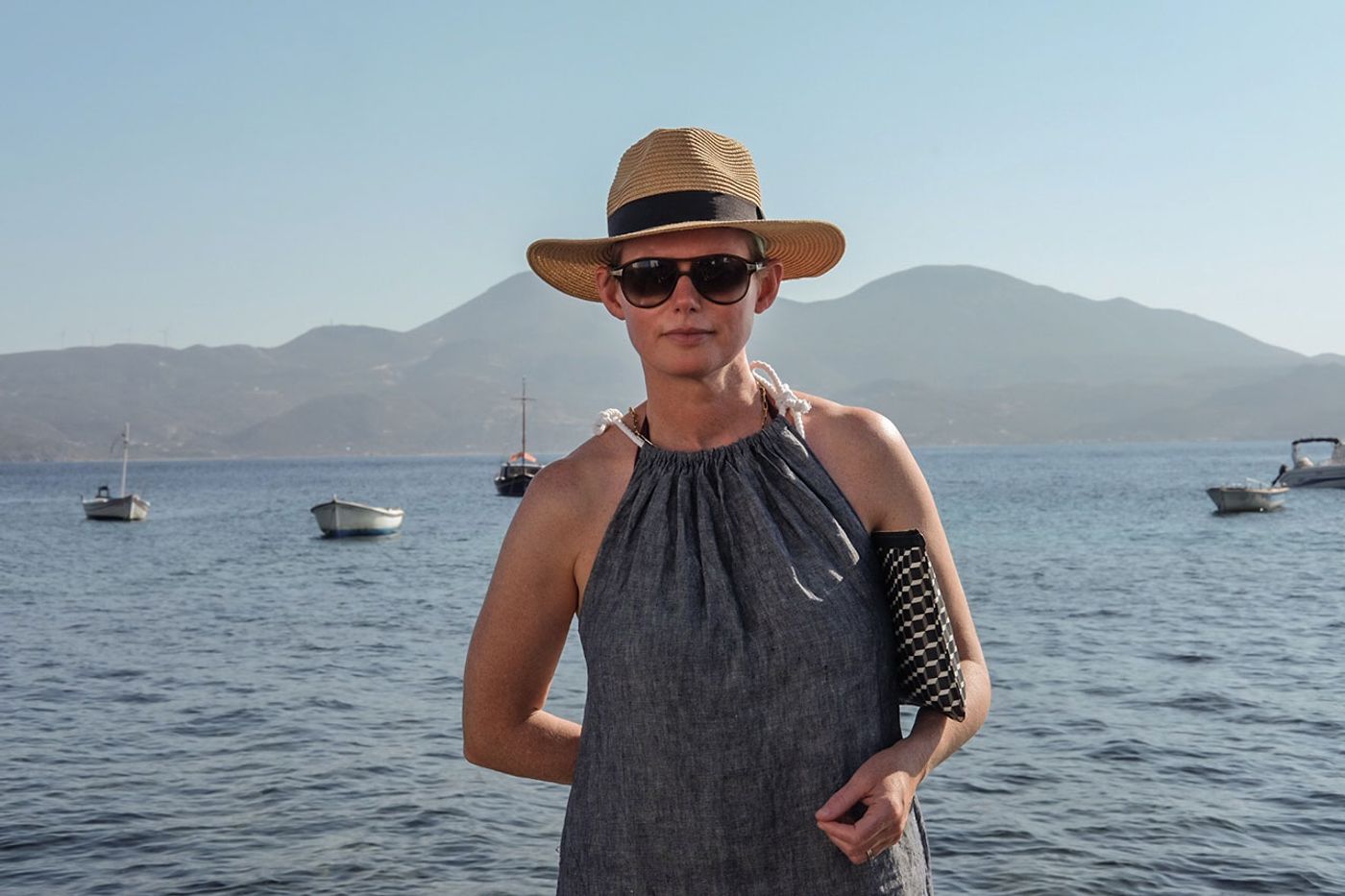
Yolanda Edwards portrait. © YOLO Journal No4. Summer 2020.
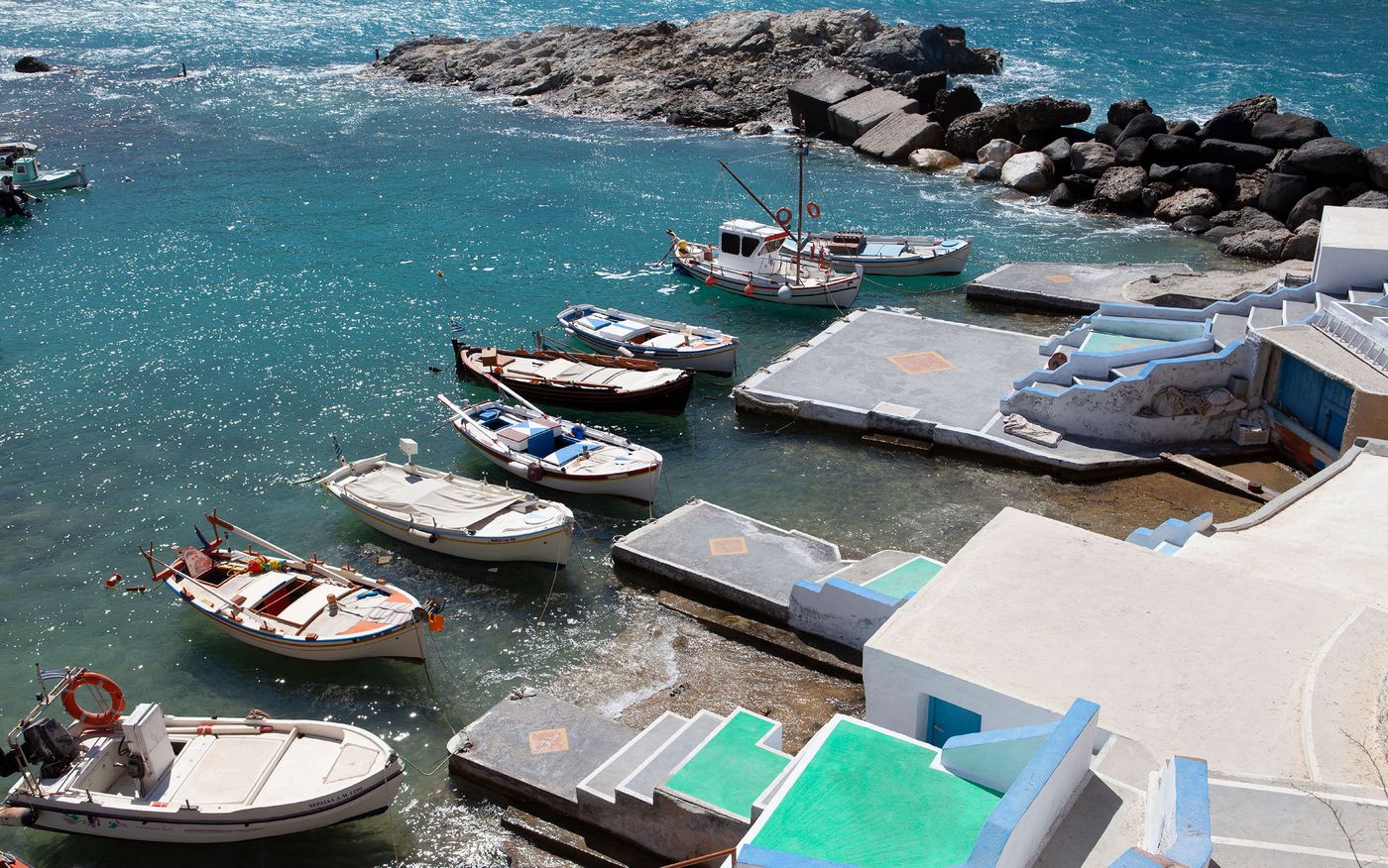
Milos by Matt Hranek. © YOLO Journal No4. Summer 2020.
Travel has been a passion of yours since forever it seems. How has it influenced you personally and professionally?
I took my first international trip in 1985 when I was 16, without my parents, and I've been hooked on that feeling since then. I remember so vividly a moment on the ferry between Italy and Greece thinking that nobody knew where I was, and I never felt more alive and free. I've basically been seeking that feeling every day since! For my first jobs I did a lot of production—even just working on flights for other people was exciting to me.
What inspired you to create the YOLO Journal? Was it a strictly personal endeavour or was it also an initiative informed by the current media landscape and print publishing in particular?
There's a lot to answer here! First of all, I have been a magazine lover my whole life, and one of the hardest parts of working within legacy publishing in recent years has been figuring out how to keep the beauty going with the advertising pages becoming more unattractive. One positive side of the print publishing fallout is that limited budgets meant that we did the previously unthinkable—sometimes we had some photographers actually write the stories, while some writers take the photographs.
In addition to learning about how to be scrappy in the last couple of years at Condé Nast Traveler, I had seen a lot of waste that I knew could be "recycled": over the two decades I worked in this industry I assigned countless stories, and each time, the photographer would turn in probably 100-200 very strong images, and we would actually run only 10-20. I knew there was an abundance of beautiful assets out there that hadn't been seen (or even if they had, they weren't seen in this context), and a lot of enthusiastic creatives out there who didn't really have a print platform anymore.
Furthermore, since most magazines would never let the photographer actually be the writer, this was a new opportunity for them. At YOLO, I also want this to be their journal—I don't put my stamp on their story, my only stamp is curating them into the magazine.
Unfortunately today's media landscape is so broken—it’s so numbers focused, and not customer focused. I want to provide something that makes my readers emotional, that connects on a deeper level that results from really letting the contributors' voices come out.
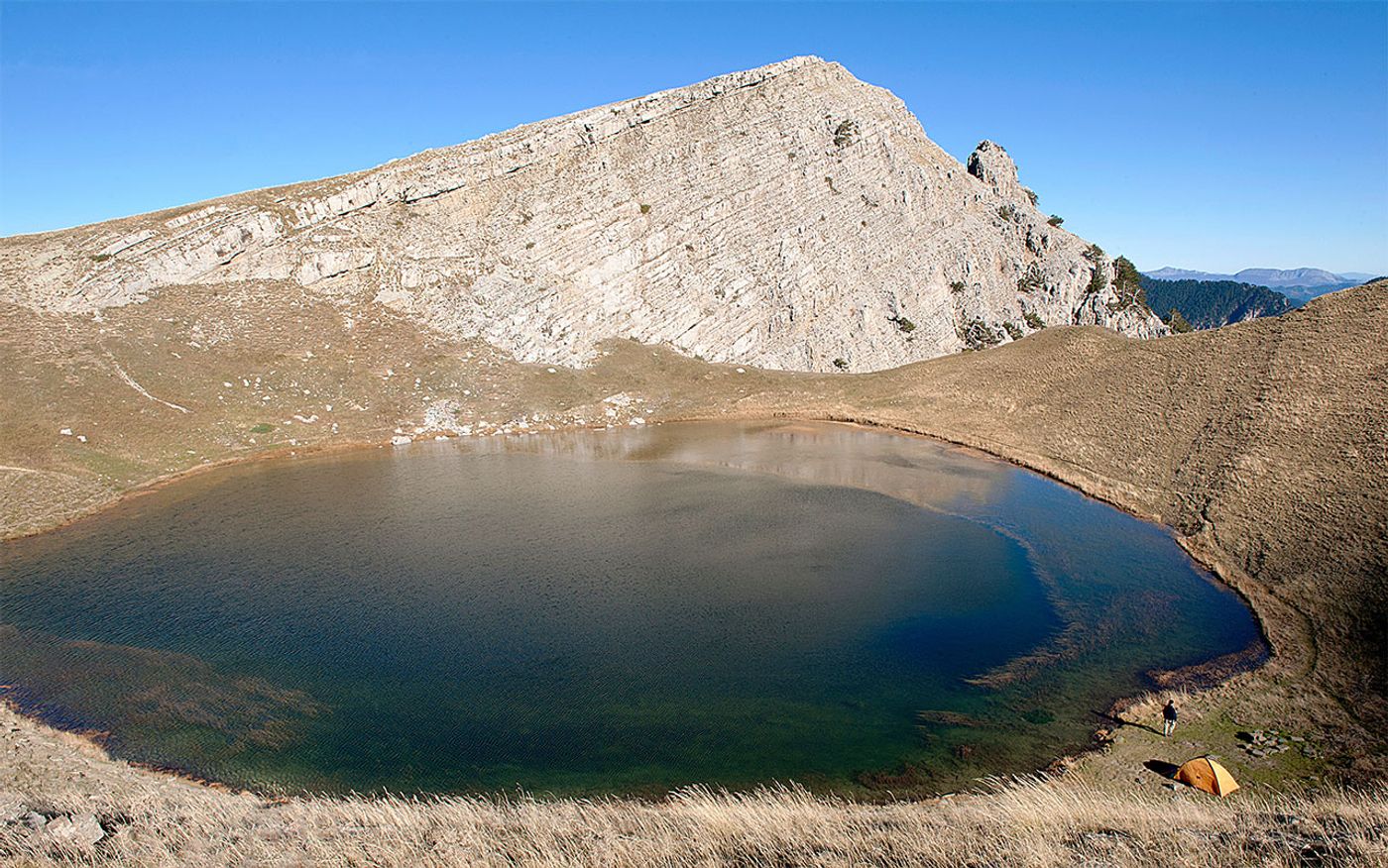
Zagorohoria by Julia Klimi. © YOLO Journal No4. Summer 2020.
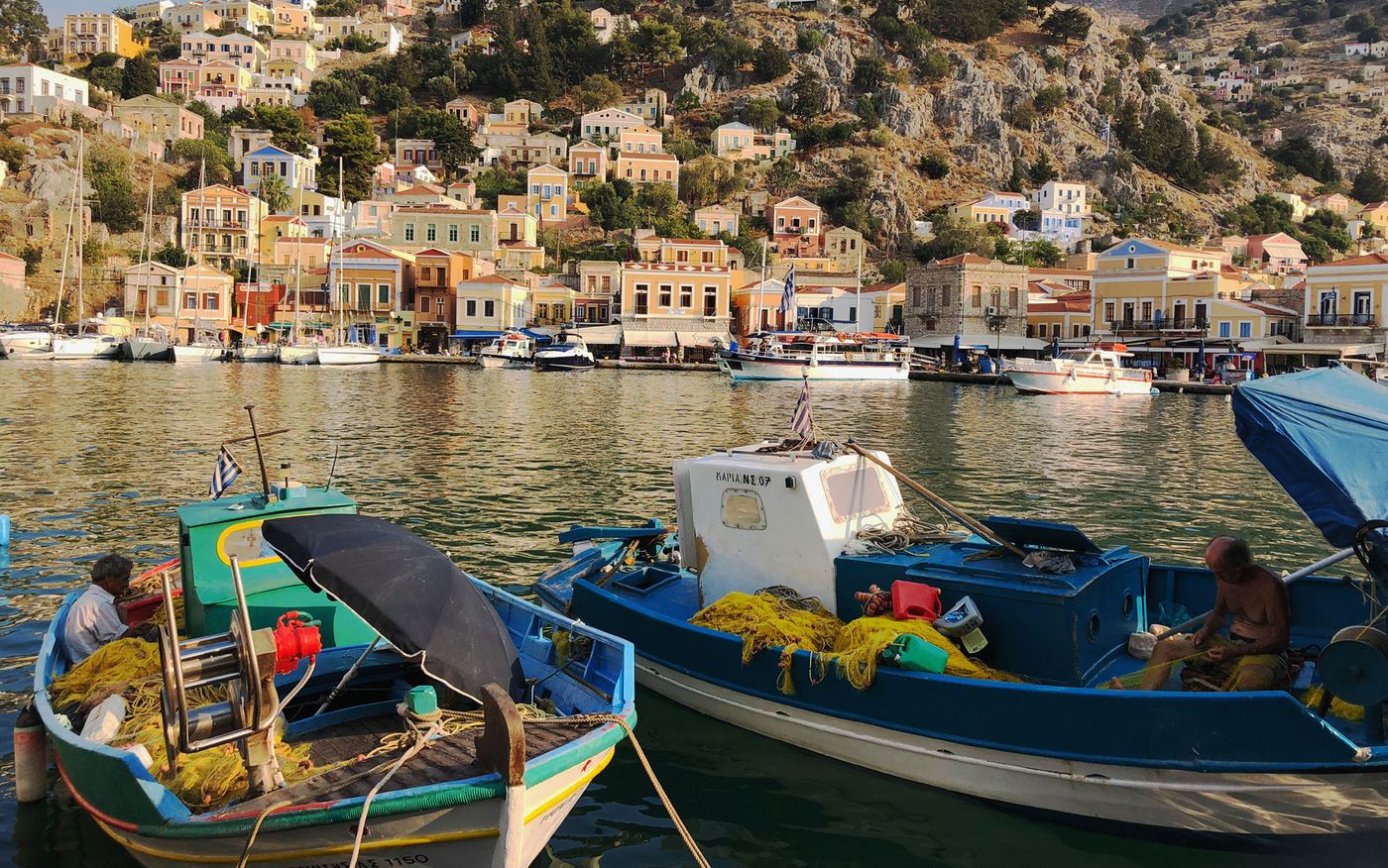
Symi by Yolanda Edwards. © YOLO Journal No4. Summer 2020.
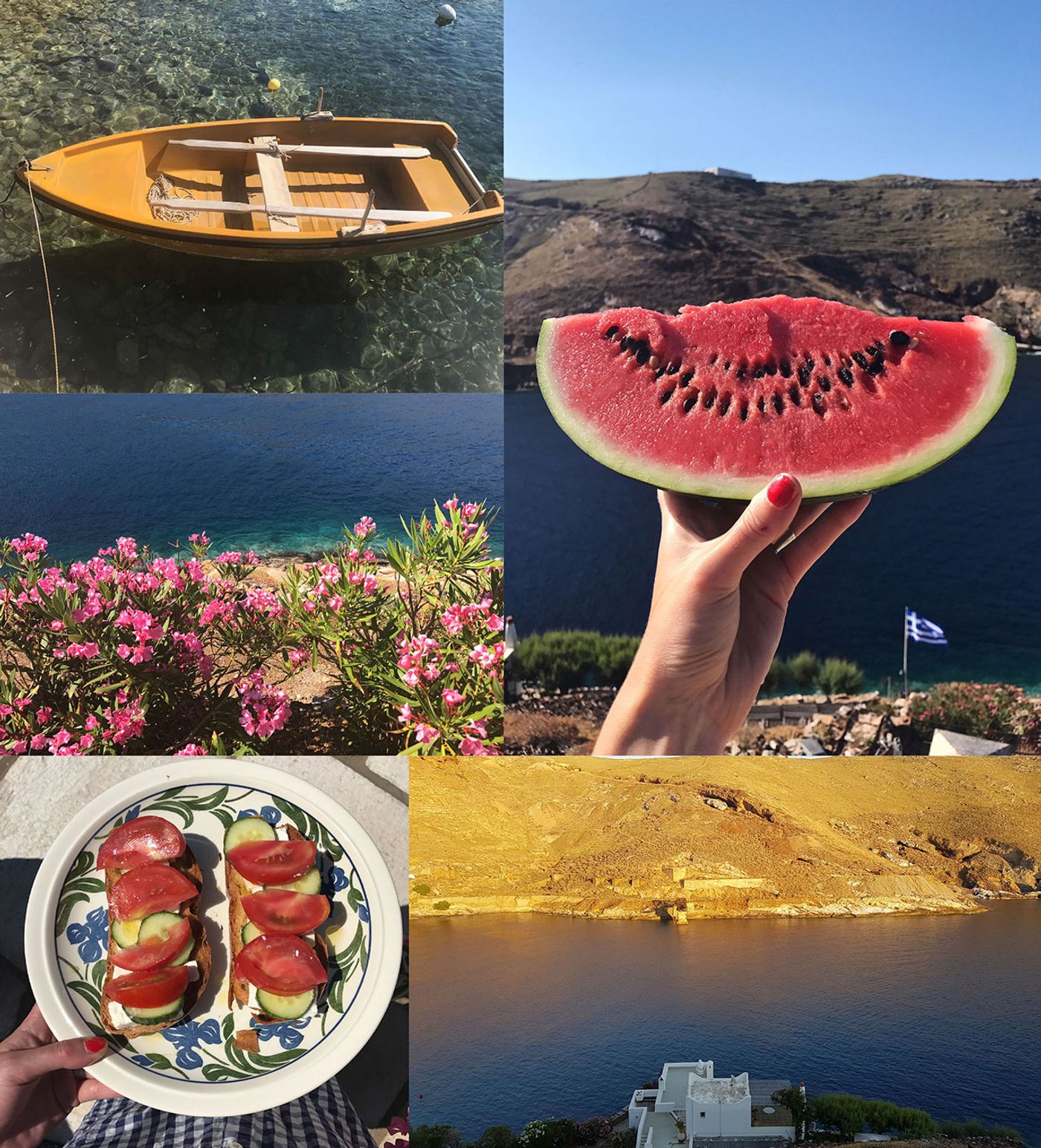
Serifos by Kate Lough. © YOLO Journal No4. Summer 2020.
Your experience as a travel editor is obviously the driving force behind YOLO. How has your career at esteemed titles such as Condé Nast Traveler influenced the Journal’s content and design?
I actually started at Condé Nast Traveler in the 90s as a junior photo editor, which meant I handled all the production on the features (my favourite photographer to work with was Helmut Newton!), and I met with all the photographers who came to our offices (who didn't already have a relationship with the magazine) to show their portfolios. I didn't ever study photography or design, so I always felt a little insecure talking about their images, besides telling them "this is great". So I started just asking them about the content in their images—the food, the hotel, the restaurants, the locations—and I found that these photographers often spoke about the places they documented in a much more passionate way than the editors ever did in our editorial meetings. I also thought it was weird that we would write about places that hadn't opened yet.
After Traveler I was at W Magazine, and met many stylists and fashion photographers who I thought had far better taste and recommendations than many of the travel writers I had worked with. Many years later I ended up back at Traveler as creative director, which was a dream. Although we got to do many of the things I'd always wanted to do, it was never exactly as I wanted. So when I left Traveler, I decided that I just had to try to create the travel magazine I'd always wanted. I didn't want the design to compete with the images, but to compliment it. I also didn't want the pages to over-deliver on information, because I assumed the reader would have a phone nearby should they want to track down intel.
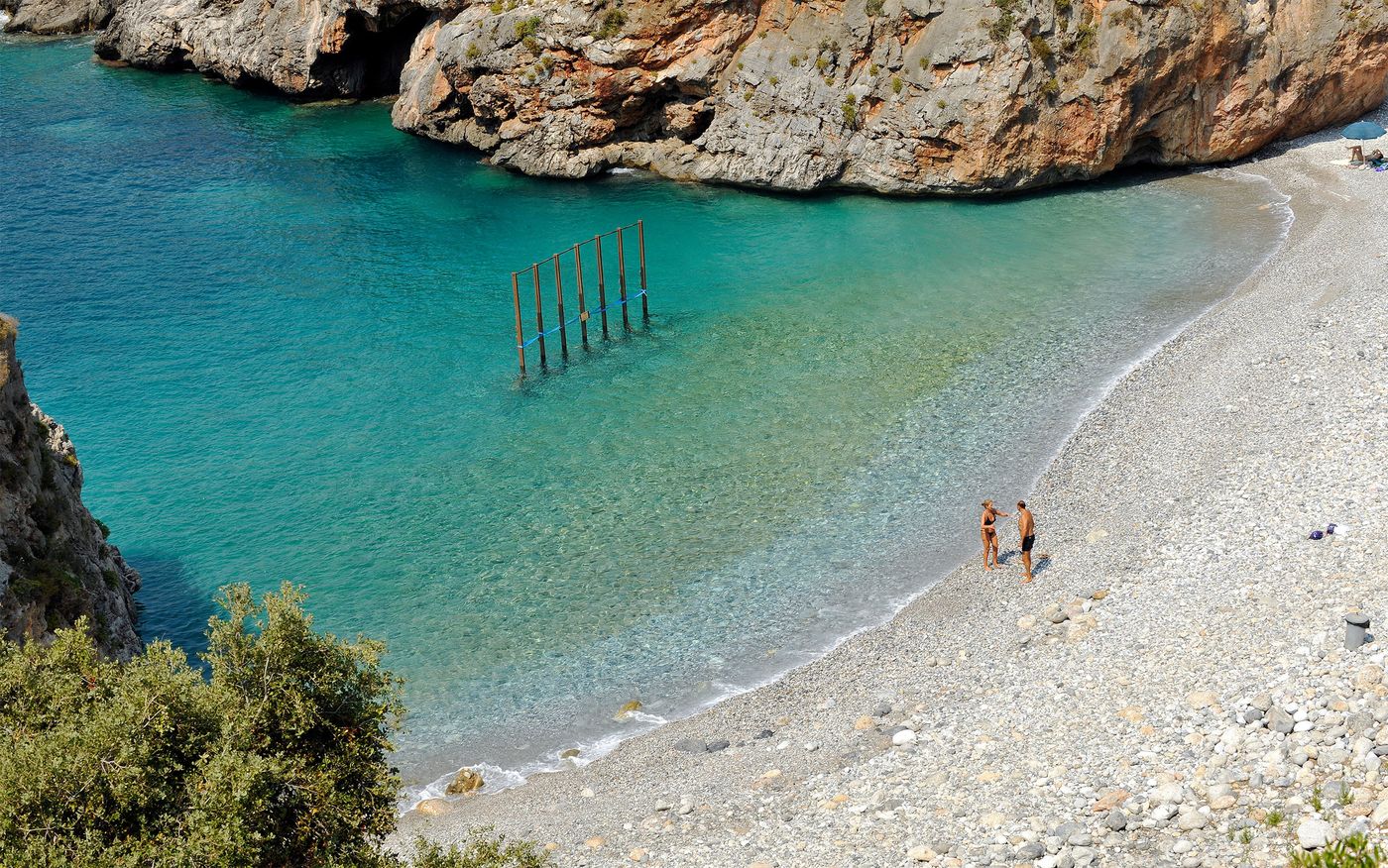
Kardamyli by Julia Klimi. © YOLO Journal No4. Summer 2020.
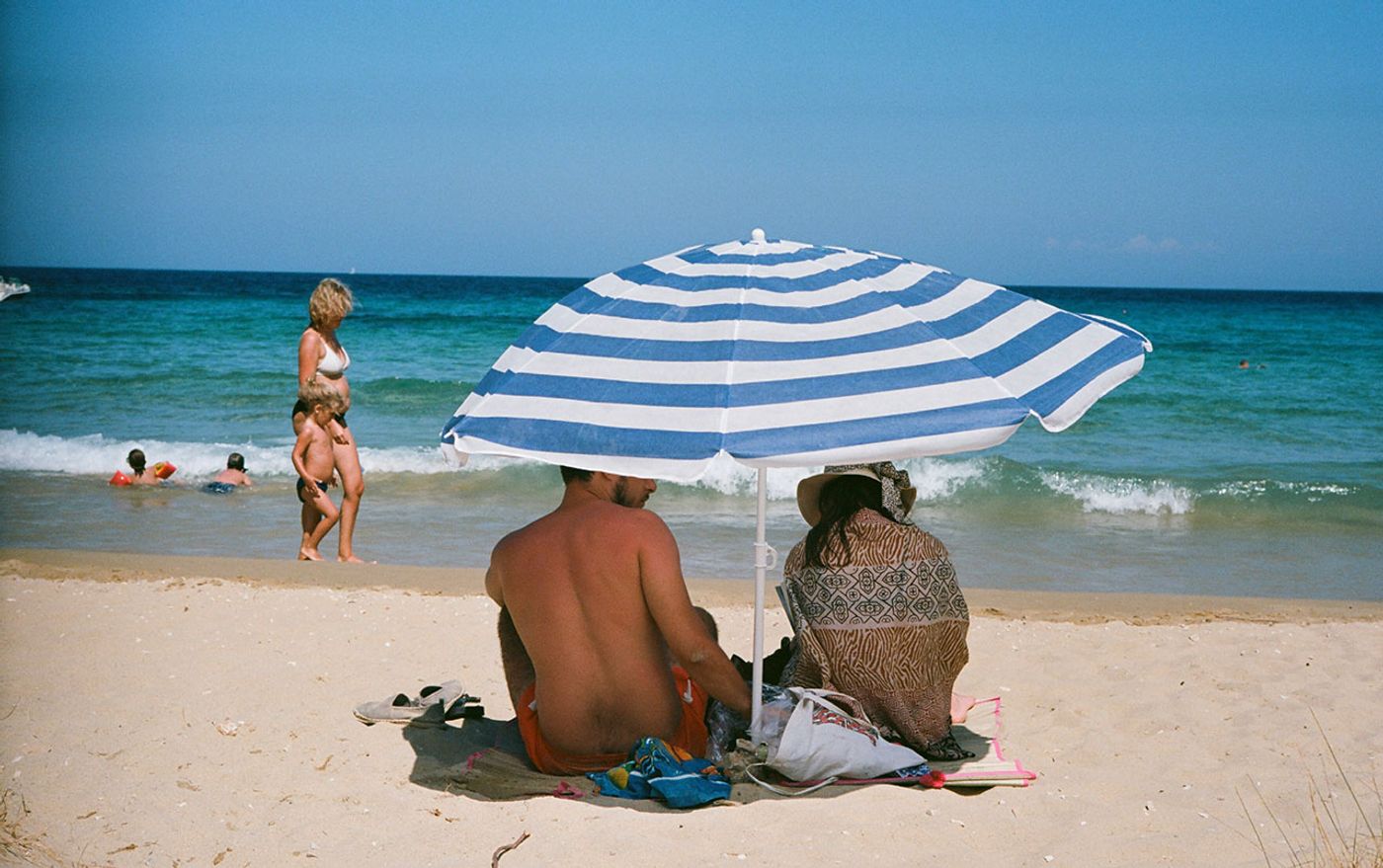
People watching by Aziz Ansari. © YOLO Journal No4. Summer 2020.
Each issue brings together an eclectic group of writers, photographers and other creatives. How is the team assembled?
For me, putting together the magazine is a bit like creating a fun dinner party. It's most important to have a great mix of images—vintage, illustration, fine art photography, iPhone pictures—and the same goes for the words. Some stories just need an intro and no copy beyond that, and some need explanation. Since so many of my friends and colleagues know I'm a story collector, they send people my way; I also meet people from Instagram, and then I also have a lot of great contacts from my many years as a photo editor, travel editor, and creative director.
How long does it take to create an issue from conception to publication? What are the challenges?
I'm always collecting different travel stories and images, and writing ideas down in my notebook for all the upcoming issues. But like most people, I work best under extreme pressure, so I probably put it together in a month. I'd say the biggest challenge is dealing with all the minutiae—I don't have any help right now—so I'm literally making PDFs to send out to all the contributors, and then I'm also working on all the distribution.
How difficult is to curate the Journal’s content considering the infinite destinations, local variations and overlooked beauties that every country has up its sleeve? What are your criteria?
I have no methodology for how I create it—it is pretty much all about gut and timing. I am always talking to people about their travels, and if the imagery is strong along with their personal connection to it, I earmark it for an issue. Once I start looking at everything together, I start to make a line-up based on the mix of geography and photography. I was at Pitti [in Milan] in January and met a street style photographer named Milad Abedi. He told me about how he and his father had gone on a road trip in Iran, and even though we were way past the deadline, and this guy wasn't a travel photographer or writer, I just had the feeling I needed to push something out to get his story in—even without seeing the pictures.
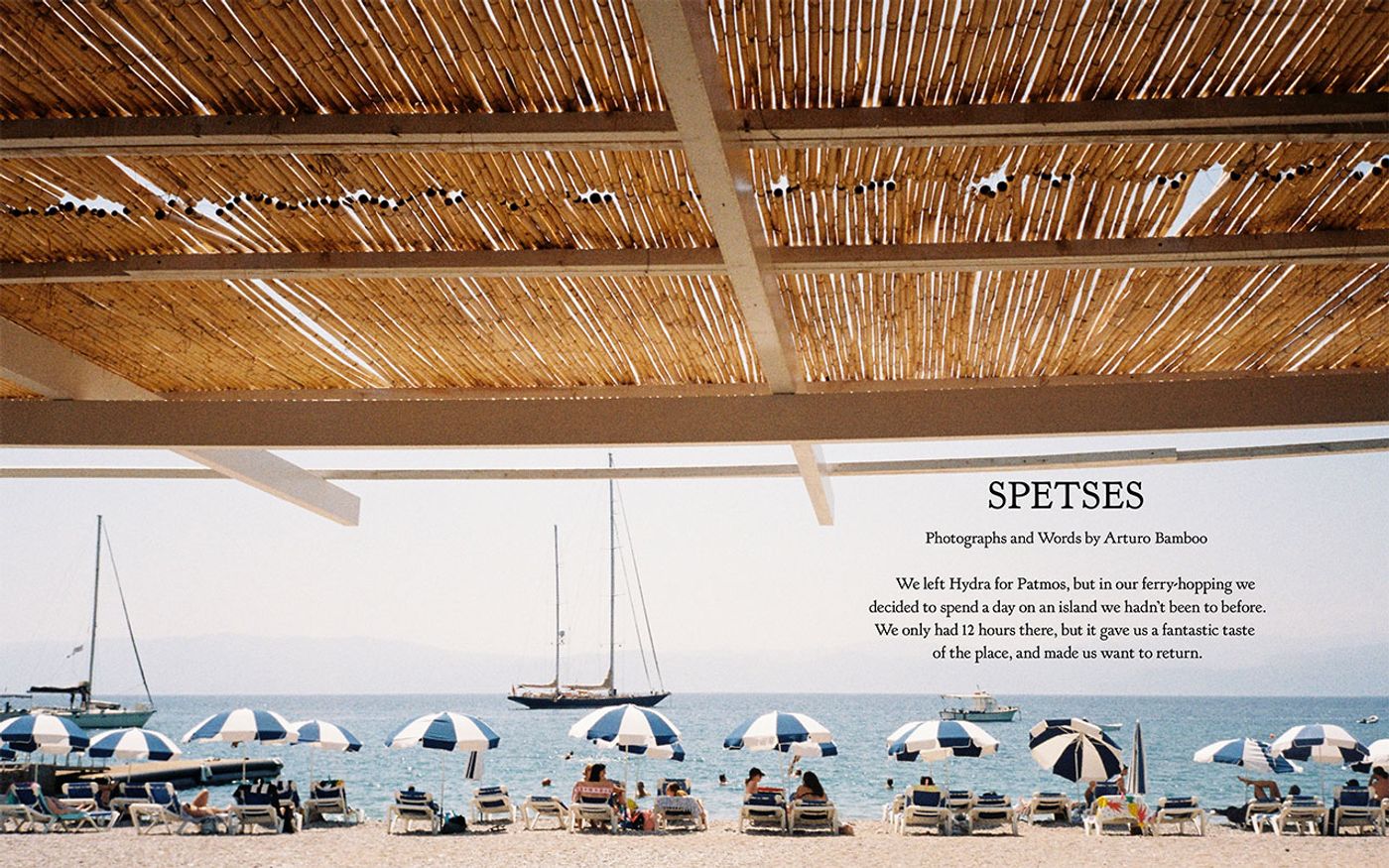
Spetses by Arturo Bamboo. © YOLO Journal No4. Summer 2020.
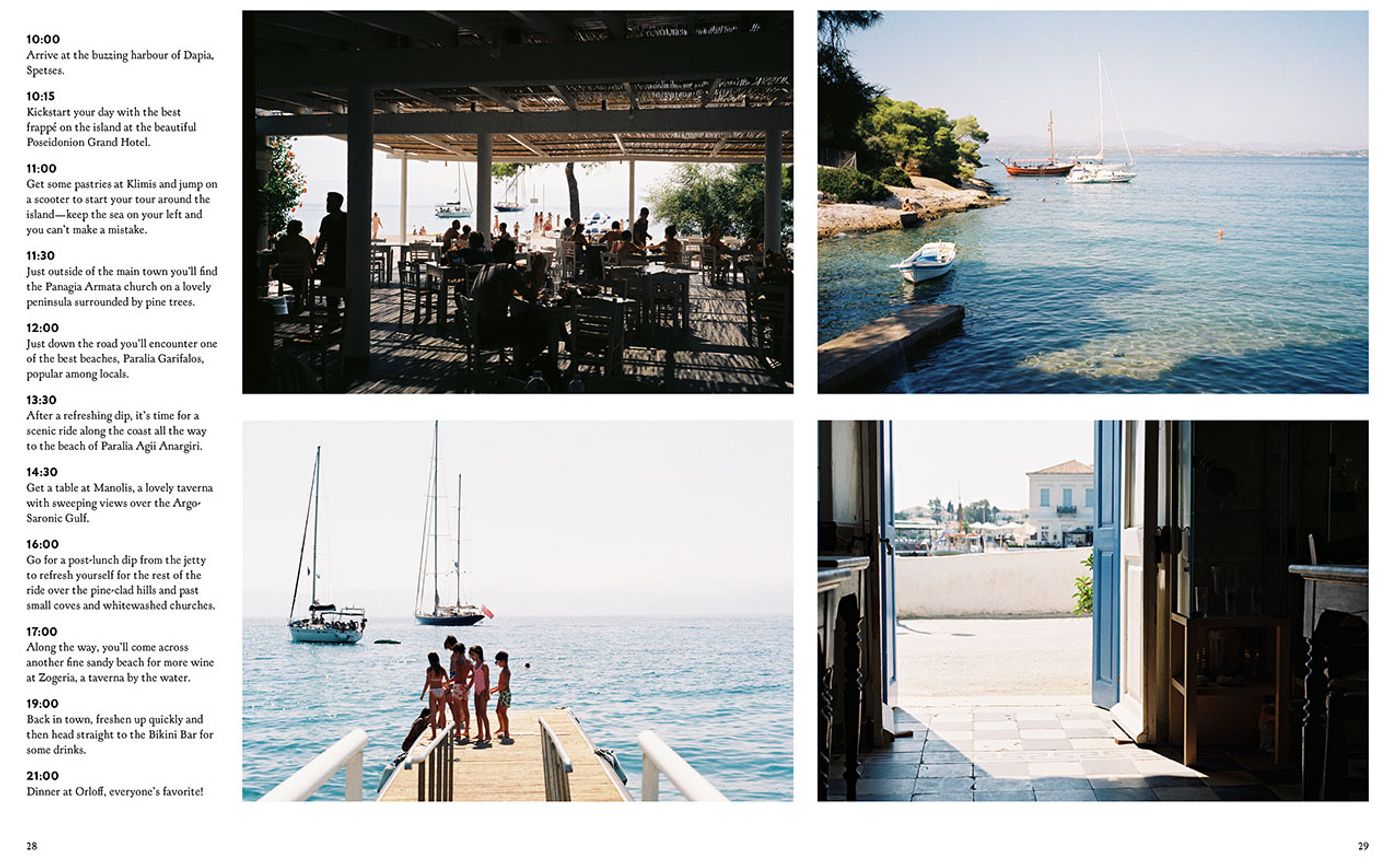
Spetses by Arturo Bamboo. © YOLO Journal No4. Summer 2020.
The Journal is in part a reaction to our digital reality where our computer and smartphone screens have replaced print media. What is the significance of the printed page for you?
I have always had an issue with there being too much information on the printed page—well at least since there were websites for everything you would ever want to look up. I also felt like there was too much travel writing which, while beautiful, was never about the details I actually wanted. Further, these pieces were written by excellent writers, but not exactly with taste. We all know there are certain people we trust that "get" what we are into. This is why Instagram is so great—we are able to find people that inspire us and we can "follow" them wherever they go. But those are tiny squares, and while I love the information I get from Instagram, it doesn't make me dream in the same way a double page spread of a beautiful image does.
How has social media and our ever expanding digital capabilities changed the way we travel? Is the overall effect positive or negative in your opinion?
I have mixed feelings about how social and tech have changed how we travel. I love how people can connect to a place they would never have known about, merely because they follow someone who posted about it. I like how it has taken the power away from the legacy publishers who used to be the only source for travel information—and all too often pushed the hospitality brands with big budgets for public relations. And I like how I see more people seeking out more off-the-beaten-path locations so they can be the first to share it. What I don't like is that we (and I'm very much including myself in this) have our heads buried in our phones way too much. We need to remember that sharing everything in the moment isn't actually living in the moment.
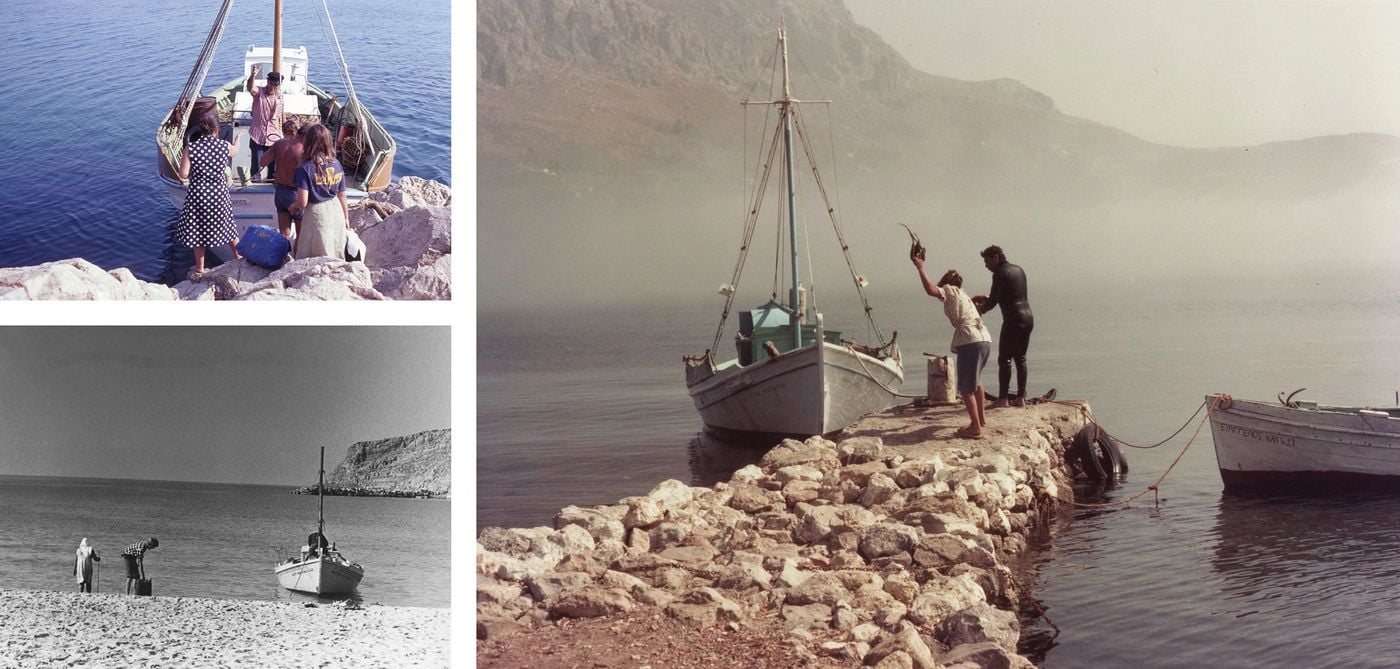
Kalymnos by Anthony Rodale (images from his semester abroad in 1981). © YOLO Journal No4. Summer 2020.
This is why Instagram is so great—we are able to find people that inspire us and we can "follow" them wherever they go. -Yolanda Edwards

Andros by Emiko Davies. © YOLO Journal No4. Summer 2020.
The latest YOLO issue is focused on Greece, a country you are particularly fond of and have spent a lot of time in. What are the things that drew you to Greece apart from the picture-perfect holiday destinations that most people associate the country with?
As a teenager who grew up in a very strict religious household, Greece was my fantasy. So much of this started with seeing Summer Lovers, and hearing about this magical place called Mykonos. This was the 80s, and I was 16, so it was definitely a very particular moment, and certainly very cliché as to why I was drawn to the country. But then I went on a cultural immersion program on the quiet island of Kalymnos. It was the first time I'd ever been asked to actually look at a culture, and it happened to be Greece—and I fell deeply in love with the people, the literature, the poetry, the dance, the music, the history.
How has the unfolding health crisis affected you? Staying put must have been/is very strange considering you’re usually constantly traveling.
Once I got past the initial disappointment of cancelled trips, I started to really enjoy staying in one place. I had the time to look back through my journals, my iPhone images and my boxes of ephemera and souvenirs from years of travel. Since in my previous life I was always rushing from one trip to the next, this was the first time in ages that I was able to reflect on so many great moments. Usually a dive into a certain trip which inspires a drink theme for a night (Bar Basso’s Negroni Sbagliato), or a Sunday lunch feast (with a Greece theme.)
What is the first place you plan to travel to when all this blows over?
I will go to whatever country in the EU will have me first! Ideally Greece, with Italy a close second, and France coming in third!
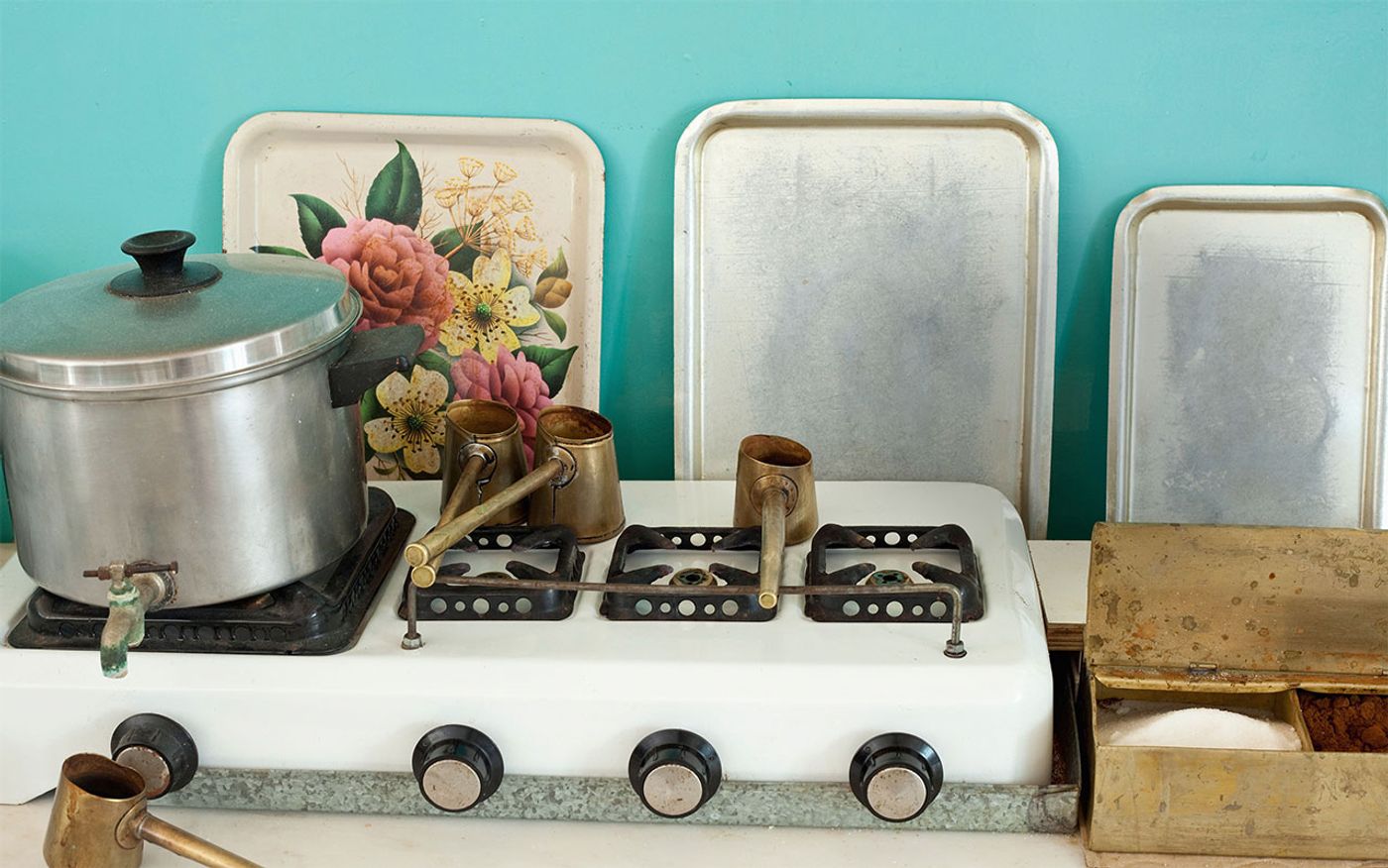
The Greek Kitchen by Manos Chatzikonstantis. Styled by ichael Touris. © YOLO Journal No4. Summer 2020.